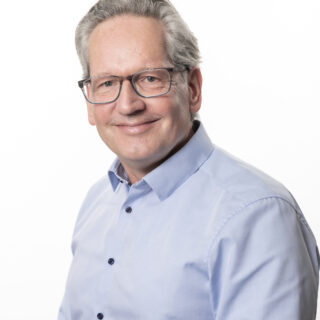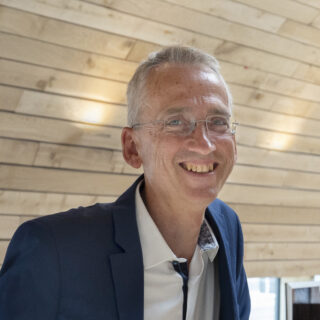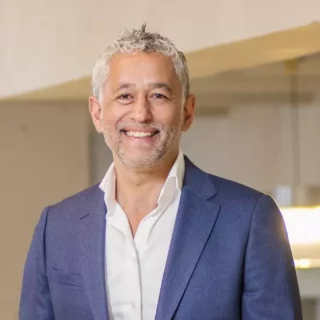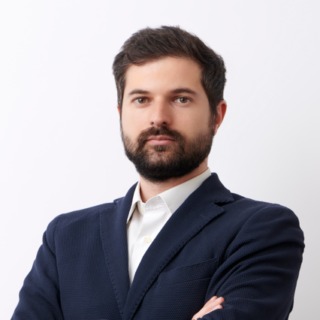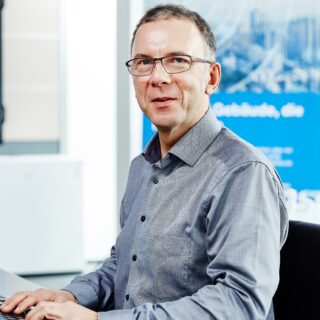
In doubling down on decarbonisation in Data Centres, Deerns balances efficiency and sustainability. Deerns is boosting this agenda in Brazil where it has established a strong reputation in this sector.
The explosive growth of digital connectivity and technologies like AI is pushing global data infrastructure to its limits. As demand soars, a crucial question arises: how can data centres double down on decarbonisation?
The answer lies in developing green data centres—a paradigm shift toward energy efficiency, resource optimisation, and environmental stewardship. Deerns is leading this trend in Brazil where it has established a strong reputation in the Data Centre market, ranking 13th in the Top 15 International Design Firms in the ENR 2024 Global Design Review. “Brazil, with its renewable energy matrix and strategic potential, stands poised to become a global leader in this transformation,” says Fernando Madureira, Commercial Director, Deerns in Brazil.
3 Resource challenges for Data Centres
Data centres are the backbone of the digital age, yet they are also among the most resource-intensive facilities. Cooling systems, vital for maintaining operational stability, are the largest contributors to energy consumption. Conventional designs often depend heavily on fossil fuel-based energy, amplifying carbon footprints and placing unsustainable pressure on natural resources.
Data Centres designed to align with the demands of new technologies while mitigating their environmental impact strike the balance between growth and sustainability. It’s critical to prioritise innovative designs which address three resource challenges:
- Energy Efficiency: Minimising energy losses through advanced cooling systems and optimised electrical layouts.
- Water Conservation: Incorporating systems that reduce water usage, including the use of treated wastewater.
- Carbon Reduction: Adopting technologies and practices that lower greenhouse gas emissions.
Brazil’s Role in a Global Green Transition
On the international stage, Brazil’s energy matrix positions it as a compelling hub for sustainable data centre operations.
Brazil offers unique advantages in the global shift toward green data centres:
- Renewable Energy Abundance: With an energy mix dominated by hydro power and complemented by solar and wind, Brazil boasts a highly sustainable energy matrix rather than over-reliance on fossil fuels.
- Strategic Location: Positioned to serve domestic and international markets, Brazil’s geographic advantages strengthen its role in the global digital infrastructure network.
- Emerging Market Potential: As digital adoption accelerates across Latin America, Brazil serves as a gateway for regional data demands.
Despite these strengths, challenges remain. Efficient energy use, especially in cooling systems, is critical to realising the full potential of Brazil’s renewable energy matrix.
Key Innovations for Sustainability
Green data centre designs involve rethinking every aspect of facility planning and operation. Engineering and consultancy firms such as Deerns play a pivotal role in this transformation by developing and implementing solutions that enhance efficiency while minimising environmental impact.
" Lifecycle sustainability underpins the entire design process, from using low-impact construction materials to aligning operations with circular economy principles.
This includes reusing equipment, minimising waste, and retrofitting older facilities to meet modern efficiency and sustainability standards, extending their operational life.
Cooling systems, a major energy consumer, benefit from solutions like evaporative cooling, which uses water evaporation for temperature control, and free cooling, which takes advantage of external air in cooler climates. Additionally, treated wastewater is increasingly used to reduce freshwater consumption for cooling.
Energy optimisation is another critical focus, achieved through intelligent power distribution systems that limit energy losses, as well as the integration of renewable energy sources like solar panels and wind turbines.
The Long-Term Value of Green Investments
Investing in green data centres extends beyond immediate resource savings; it embodies a commitment to sustainability throughout the facility’s lifecycle.
Considerations include:
- Operational Efficiency: Reduced energy and water costs lower long-term expenditures.
- Regulatory Alignment: Proactive compliance with evolving environmental regulations avoids potential penalties and disruptions down the line.
- Market Leadership: Companies adopting green technologies position themselves as innovators and responsible corporate citizens.
" The retrofit approach exemplifies the long-term value of green investments.
By modernising existing facilities, operators can upgrade older systems to current efficiency standards, avoiding the costs and waste associated with complete rebuilds.
Here’s where we collaborate for a Sustainable Future
Accelerating the greening of data centres requires a collective commitment across industries, governments, and societies. Deerns is doubling down on decarbonisation in data centres by providing expertise and solutions that meet operational demands while addressing environmental challenges.
Our collaborative pathways include:
- Policy Advocacy: promoting regulations that incentivise sustainable practices and investments.
- Industry Standards: helping to establish benchmarks for efficiency, emissions, and resource use.
- Education and Awareness: sharing knowledge to encourage adoption of green practices throughout the supply chain.
By embracing green practices, stakeholders can create data centres that support technological advancement and contribute to a sustainable future. The journey requires investment, collaboration, and a shared vision—but the rewards are immense, ensuring efficient, resilient, and environmentally responsible infrastructure for generations to come.














